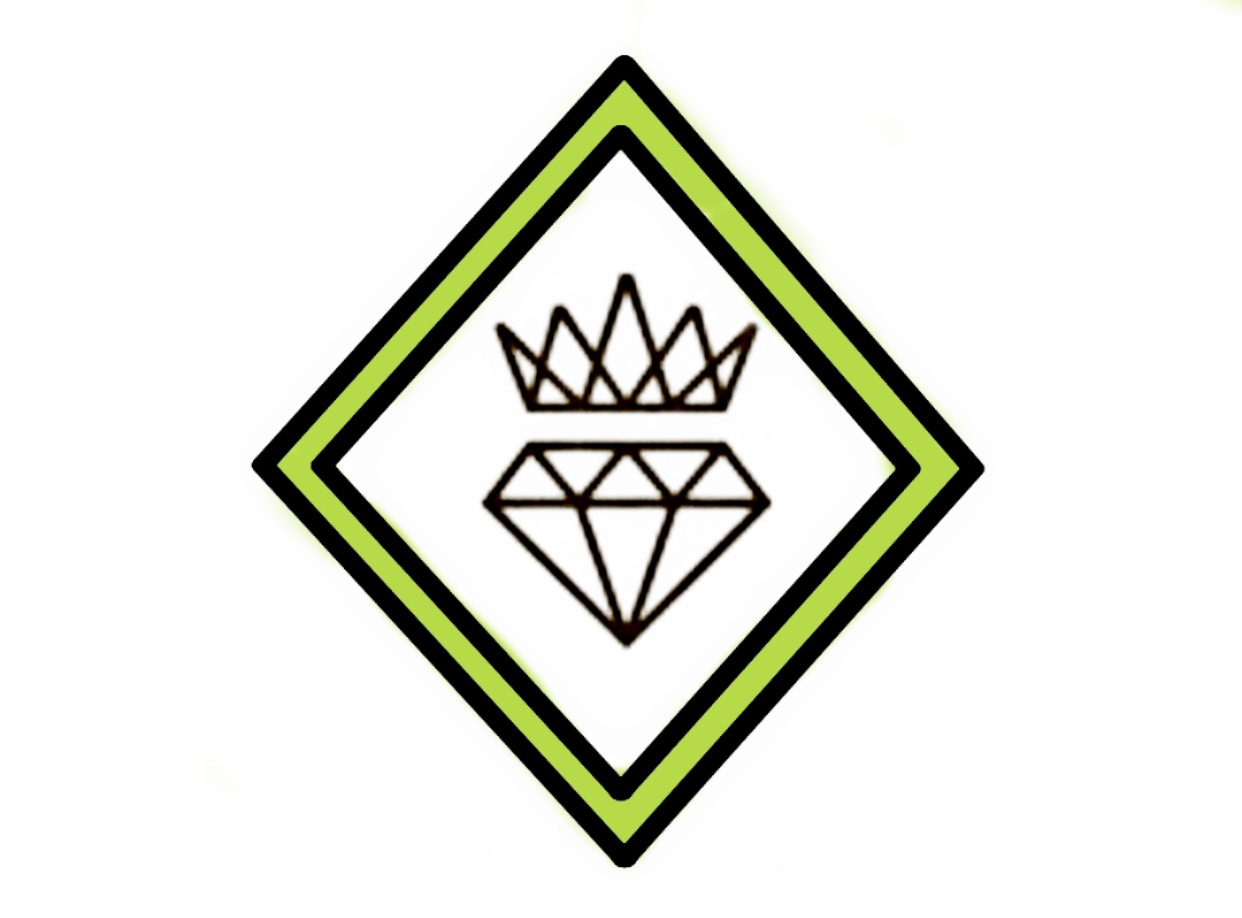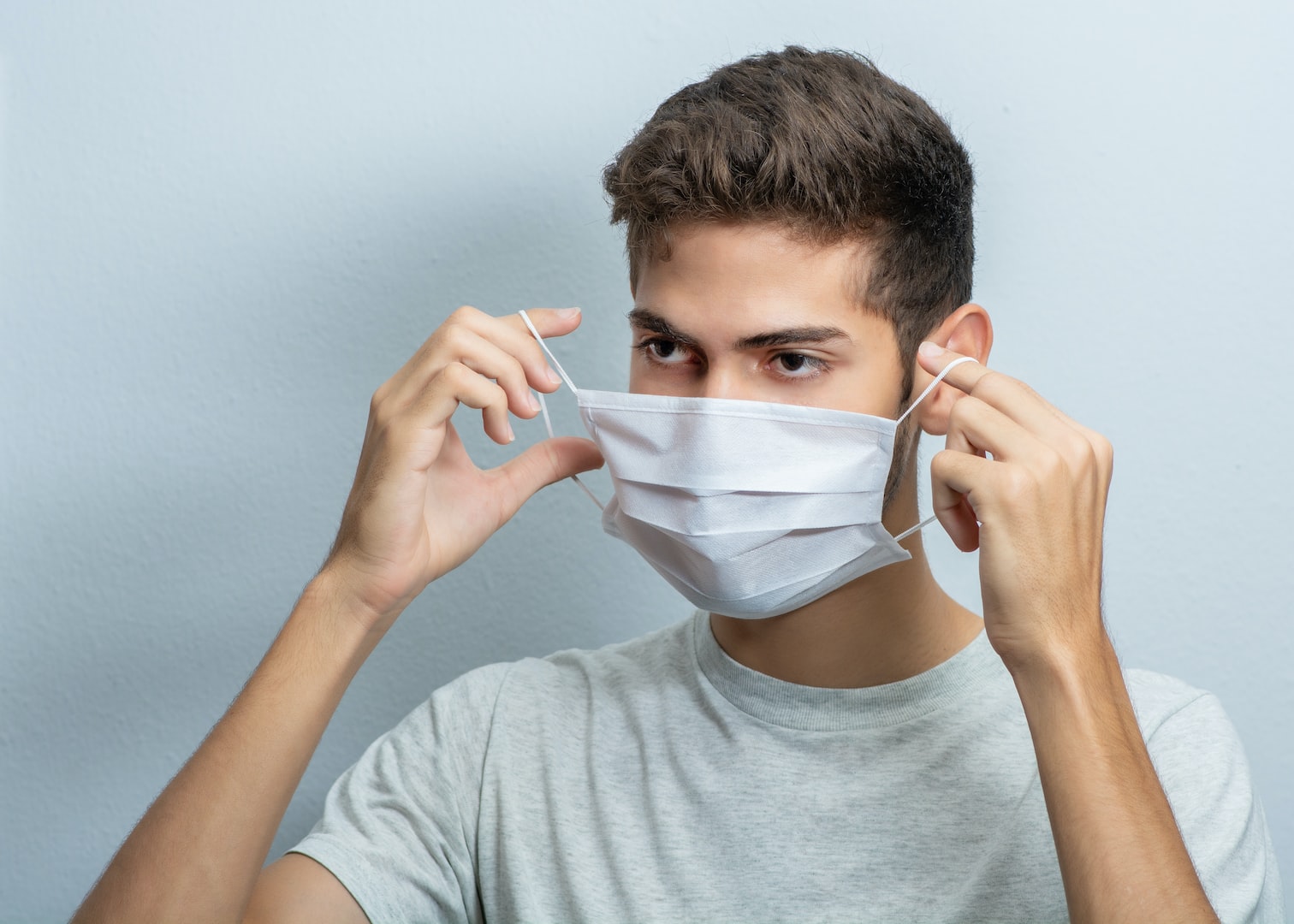
Staffing
(866) 687-7309
monkeypox : what is it and how do we protect ourselves from it?
Last updated August 5, 2022

On July 23rd the World Health Organization (WHO) declared Monkeypox a global health emergency but what is monkeypox and how do we stay safe from the growing whatever
WHO defines Monkey pox as a viral zoonosis (a virus transmitted to humans from animals) with symptoms that are similar to those seen in the past in smallpox patients. Monkeypox in humans was first identified in humans in the Democratic republic of the Congo in 1970 so why is it being declared an international concern now? The global reported cases of Monkeypox this year are over 16,000 in 75 countries, with the US having over 3400 cases so far.
This is a quote. Use this space to quote some statement from some other external resources. To edit this quote, click on the text and replace it with your own fresh content. Either type the text directly or paste the copied text here
Massa sapien faucibus et molestie ac. Nulla facilisi morbi tempus iaculis urna id volutpat. Lorem ipsum dolor sit amet, consectetur adipiscing elit, sed do eiusmod tempor incididunt ut labore et dolore magna aliqua. Massa sapien faucibus et molestie ac.
How it spreads
Monkeypox is spread through close and personal (often skin-to-skin) contact which include :
Direct contact with an infected person's rash, scabs, or body fluids. Including but not limited to sexual contact, hugging, massaging and kissing.
Touching objects used by a person with monkeypox including fabrics (clothing, bedding, or towels), and other surfaces that have been used by someone with monkeypox and were not disinfected.
Contact with respiratory secretions.
Monkepox can also be spread to a fetus in utero through the placenta
Signs & Symptoms
According to the CDC, monkeypox symptoms usually start within 3 weeks of exposure to the virus. Initially symptoms can include fever, chills, headaches, swollen lymph nodes, exhaustion, muscle aches, back pain and respiratory symptoms (e.g. sore throat, nasal congestion, or cough) and are being described as similar to the flu. A rash will usually develop 1 to 4 days after the flu-like symptoms appear. Initially the rash can look like pimples or blisters and may be painful or itchy before going through several stages (including scabbing) before eventually healing. The rash may be located near your genitals, hands, feet, chest, face or mouth. From the time symptoms start until the rash has completely healed, (including all scabs fallen off and a new freah layer of skin formed) the monkeypox virus can be spread. Monkeypox typically lasts about 2 to 4 weeks.
Note : You may experience all or only some of the symptoms. Sometimes, people will have flu-like symptoms before the rash. and sometimes people get a rash first. Other times people may only get the rash.
Prevention
People who have had multiple sexual partners in an area with high cases of monkeypox are at a higher risk of contracting the virus. It's recommended to temporarily limit your number of sexual partners and avoid close skin to skin or face to face contact with people who have a rash that looks like monkeypox. Do not hug kiss or engage in any sexual activities with an infected person and make sure to never touch their rash or scabs.
Try to avoid contact with objects and materials a person with monkeypox has come in contact with and never share eating utensils or cups with someone with the virus. Wash your hands with soap and water often or use an alcohol-based hand sanitizer, especially before eating or touching your face and after you use the bathroom.
Note :There are a few jobs which have a higher risk than others, some of which include laboratory workers who handle cultures or perform testing for monkeypox and of course public healthcare workers.
Treatment
So what happens if you do get it? There are no treatments specifically for monkeypox virus infections. However, monkeypox and smallpox viruses are genetically similar, which means that antiviral drugs and vaccines developed to protect against smallpox may be used to prevent and treat monkeypox virus infections. Antivirals, such as Tecovirimat (TPOXX), may be recommended for people who are more likely to get severely ill, like patients with weakened immune systems. It is not recommended for people with severely weakened immune systems and several other conditions.
If you have symptoms of monkeypox, you should talk to your healthcare provider, even if you don’t think you had contact with someone who has monkeypox.
The case fatality ratio of monkeypox has historically ranged from 0 to 11 % in the general population and has been higher among young children. In recent times, the case fatality ratio has been around 3–6%.
To learn more click the button below to visit the CDC website